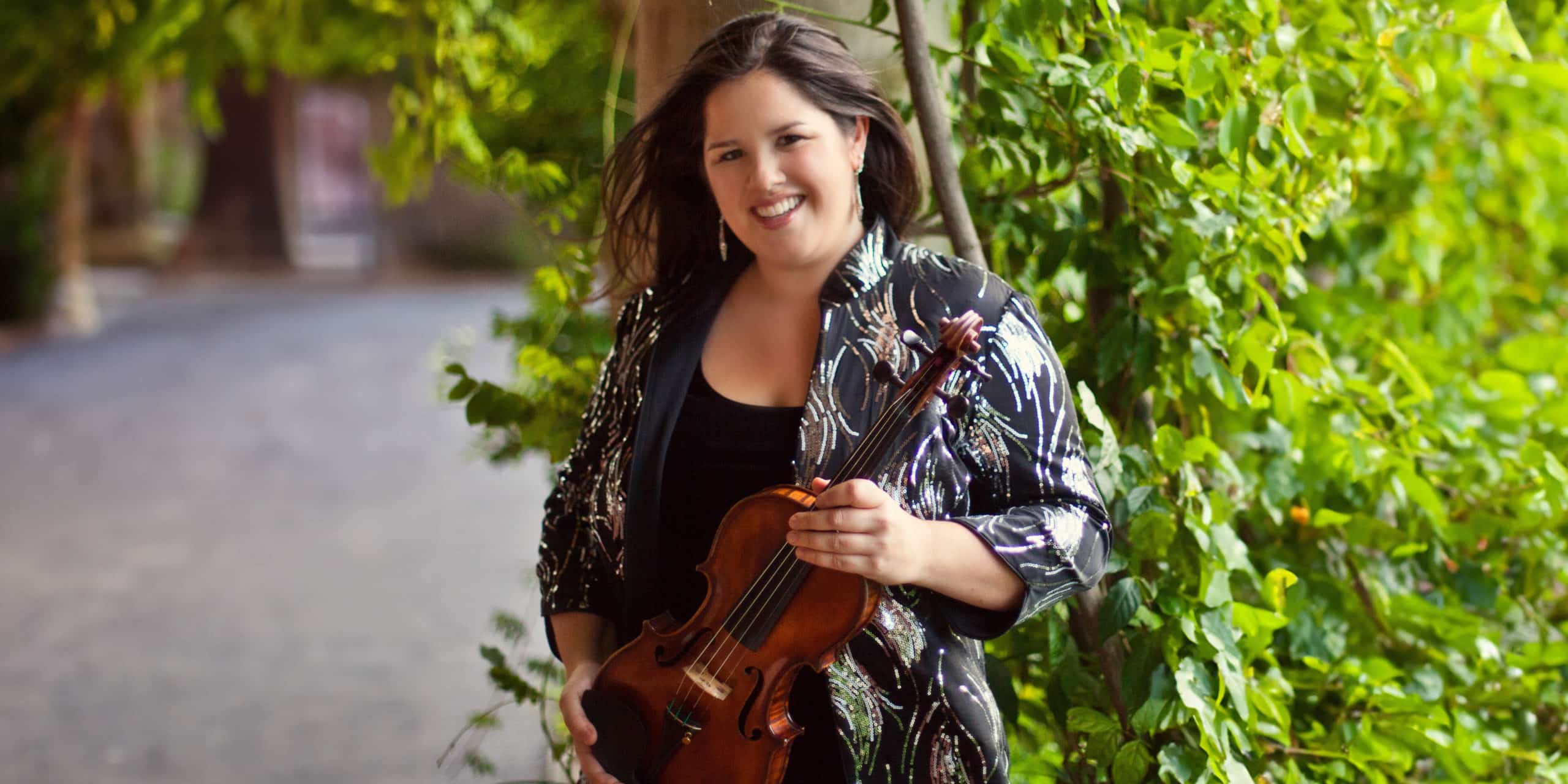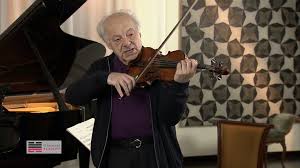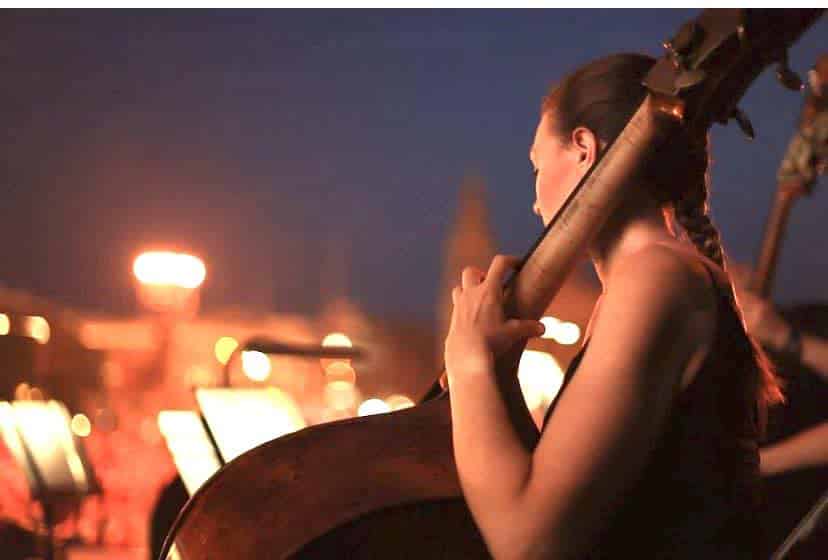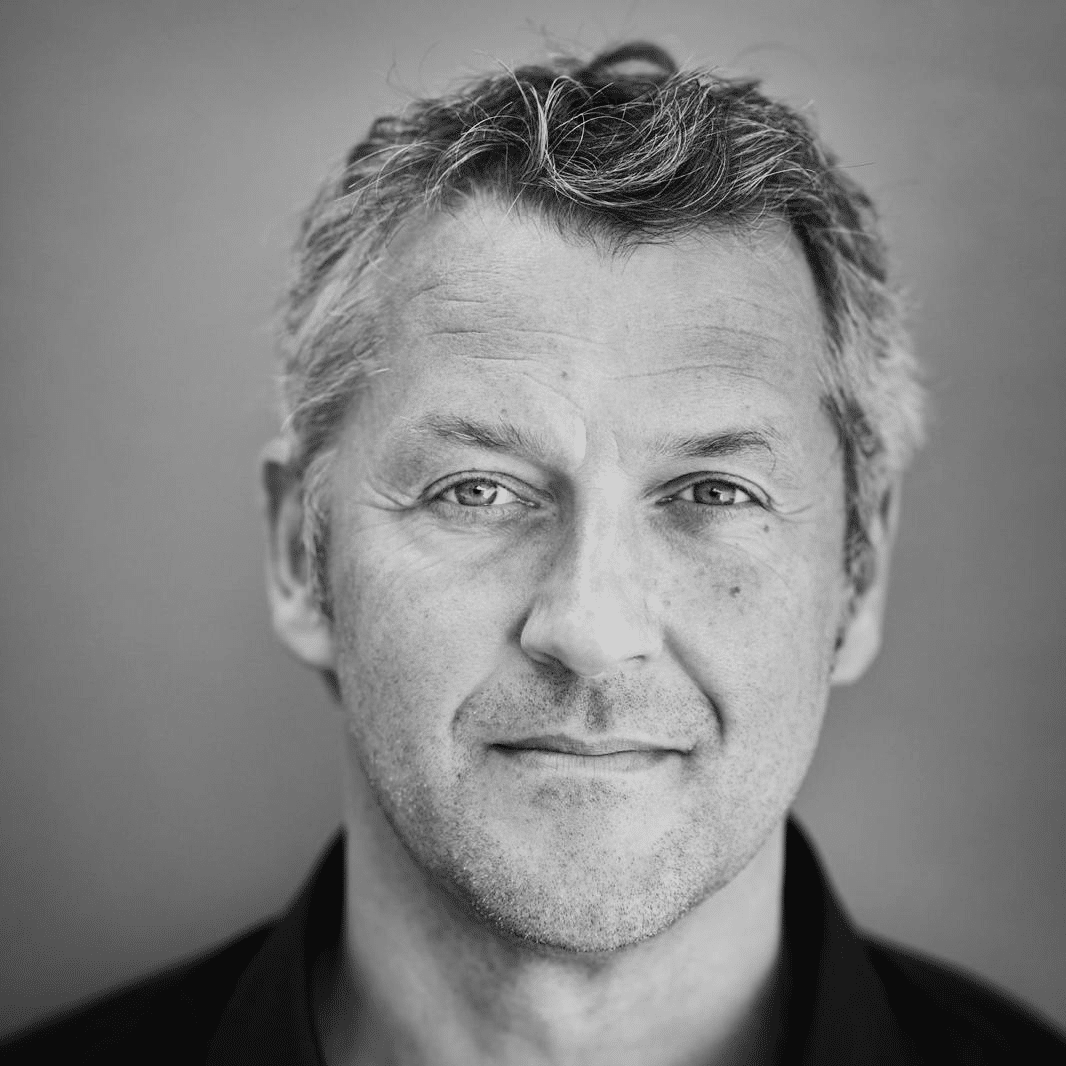How to be a concertmaster, lesson 1
NewsEastman School of Music, which has rather fallen off the ladder of leading schools, has created itself a new niche teaching violinists how to become a concertmaster.
The Advanced Diploma in Concertmaster Studies will be taught by Juliana Athayde, concertmaster of the Rochester Philharmonic Orchestra.
The course includes intensive study of solo and orchestral repertoire in lessons, and the program culminates in a mock audition capstone project where students are held to the expectations and qualities of a professional audition. Additionally, students will serve as leaders of Eastman ensembles, pursue significant professional performance opportunities, shadow Professor Athayde in her role as concertmaster of the RPO and receive individual mentorship as they prepare for their careers.






They’ll probably have a participation certificate, for the viola players that audit this program.
Who will cultivate the essential professional skill: making fun of the concertmaster.
There go your last two brain cells, Fred.
It’s been quite a while since I was at school but there were other orchestra programs like the one at MSM run by Dicterow or what Preucil used to run at CIM that had a good record of getting very good people into major orchestra jobs around the country. Those were graduates of Curtis, Juilliard, NEC etc. and even those people weren’t quite often the caliber to score concertmaster jobs. CM jobs come around once in eons, so with the caliber of violinists Eastman has, what kind of orchestras are they targeting to supply these trained concertmasters with???
The Eastman was a wonderful school when it was run by musicians. Now it is a bloated bureaucracy of English-majors turned theorists and so-called musicologists. It really should divide itself: The Eastman School of Music (for musicians) and The Eastman School of Keyboard Warriors (for all else).
My niece left the school once they had tricked her and all graduate students into paying a considerable fee for private lessons over standard tuition. At current rate each lesson costs around 900 dollars per hour. Had she stayed there she would be working for the bank.
https://www.esm.rochester.edu/financialaid/cost-of-attendance-graduate/
The price tag for undergraduate tuition, plus room and board, and fees is cost prohibitive to put it mildly.
The types that become concert masters are not the type that need to sign up to a course telling them how to do it.
The string department at Eastman has lost its way, sadly. With the exception of the outstanding cellist and pedagogue Stephen Doane, the faculty is largely lackluster, and not on the radar of the most serious and gifted string students. Every conservatory must have at least a few “star” teachers. I hardly recognize ANYbody currently listed on Eastman’s website. One would think, given the exorbitant cost of tuition, that the school would realize this. Perhaps living in Rochester is not very desirable? In any case, Julianna is a very fine player and probably a good teacher. I wish her the best of luck in her recruitment efforts for this new program – hopefully those accepted to this program will receive substantial tuition assistance to mitigate the ridiculous cost of the school.
Look again. George Taylor and Masumi Rostad (viola), James VanDemark (bass), Mikhail Kopelman (violin), and the Ying Quartet, among others, are first rate.
Larry, I’m not sure I’d call any of them first choice or second choice teachers.
Rostad is easily of the best violists on the circuit. I remember his years as THE musician that made the Pacifica Quartet great (they have never recovered from his departure). A young violist would be lucky to study with him.
Larry W, always exceptionally nice to see your comments.
My niece is not a string player, but she remarked that Eastman seemed to accept good textbook readers because great players didn’t seem to accept their acceptances. Stephen Doane is a true artist who should be hired by Curtis, given its lackluster lineup—the list of early departures is high there (gone are Orlando Cole and David Soyer).
Have a look at the violin faculty at The Eastman. I recall when Donald Weilerstein and Zvi Zeitlin and Charles Castlemann were there.
Today’s faculty?
I am not familiar with the viola players you mention, but Mikhail Kopelman is a true artist. Teacher?
Rostad has had a top-shelf chamber career as violist of Pacifica, as well as solo adventures, and an amicable personality well suited to building a studio — seems a great get for Eastman.
Can confirm. Rostad is an unusually fine player (one of the best violists I know of) and his class is stellar.
The string faculty listing for Eastman suggests that it remains a worthy place to study, although names on a list does not necessarily describe the actual experiences of tuition paying students.
My late teacher relayed to me the advice of his own father, a violinist of long symphonic (and teaching) experience, that more than one freshly minted concertmaster he knew came to grief by failing to take serious;ly and adequately prepare the concertmaster solo in — time to raise that eyebrow — Ferde Grofé’s Grand Canyon Suite!
Another one I’ve heard about coming to grief – and this can’t be true (?) – is failure to tune the E string down 1/2 step for Danse Macabre.
Lacking experience of the symphonic repertoire, David Nadien played it as a double-stop with full vibrato.
That’s funny. Probably sounded great. Surprised Bernstein didn’t correct him.
This is embarrassingly silly.
I am sure these fine concertmaster graduates will be snapped up by the orchestras in North Dakota.
Most concertmasters in major orchestras are amazing soloists, or at the level of soloists with international competition wins. This sounds like a bad gimmick.
Is Manhattan School of Music better than Eastman or not really?
Firstly, Juliana whom I’ve worked with several times with is not just a superb and accomplished violinist but as a leader, she is an expert communicator that is both very well respected and liked. Those are the two elements that can be observed and learned in a practical situation which is part of this program. Being a leader of an orchestra is so much more than playing a few solos a year, there is the art of gesture as the concertmaster as well as the requirement to represent the orchestra to conductors and soloists, not to mention interfacing with the public and interacting with the management and the board as an advocate for the musicians and the organization. The fact she is both in the orchestra and in the Eastman building makes this an excellent idea because her teaching will not just be hypothetical but will include the real time interactions that will occur that students can observe. For the snarky one who believes that North Dakota doesn’t need a good concertmaster, are you then suggesting that they don’t need qualified doctors there either? Professionalism is required everywhere, and we should want for the sake of live orchestral music for excellence to thrive no matter where it is. Voltaire says it best to those who disparage new ideas:
“Our wretched species is so made that those who walk on the well-trodden path always throw stones at those who are showing a new road.”
I am hoping that this program serves as a leadership education model that can be replicated in its intent to train music leaders, and major kudos for trying something innovative to help the next generation of concertmasters become actualized in their roles to help improve our orchestras.
If Prof Athayde has had the ability to turn Eastman violinists into concertmasters all this time, one might be forgiven for wondering why she hasn’t done so yet in her many years on faculty.
Any news on whether this program found any takers for next year? And would said students be aware she is actively applying for teaching positions at other schools and may not be around to lead the program anyhow?